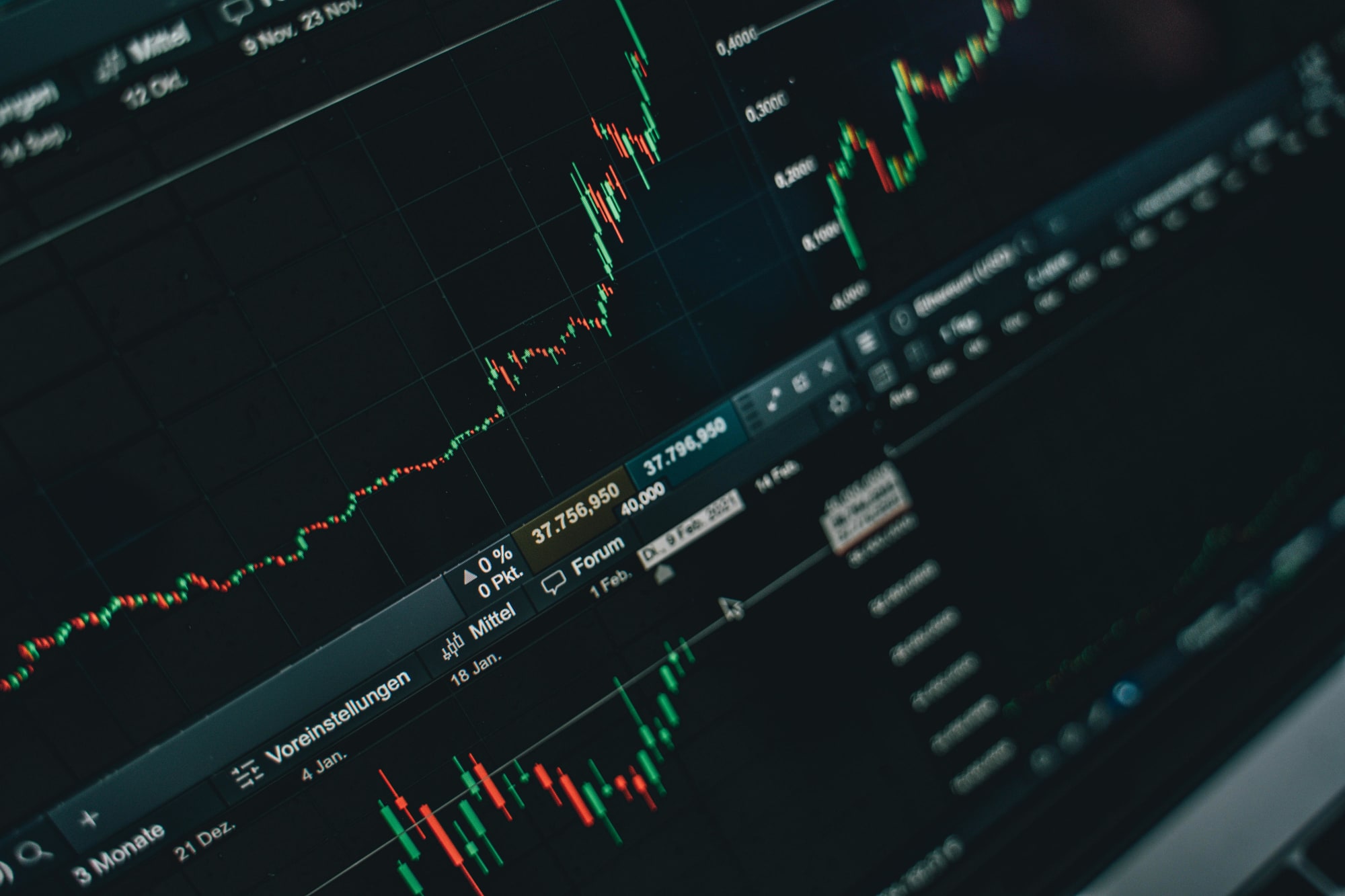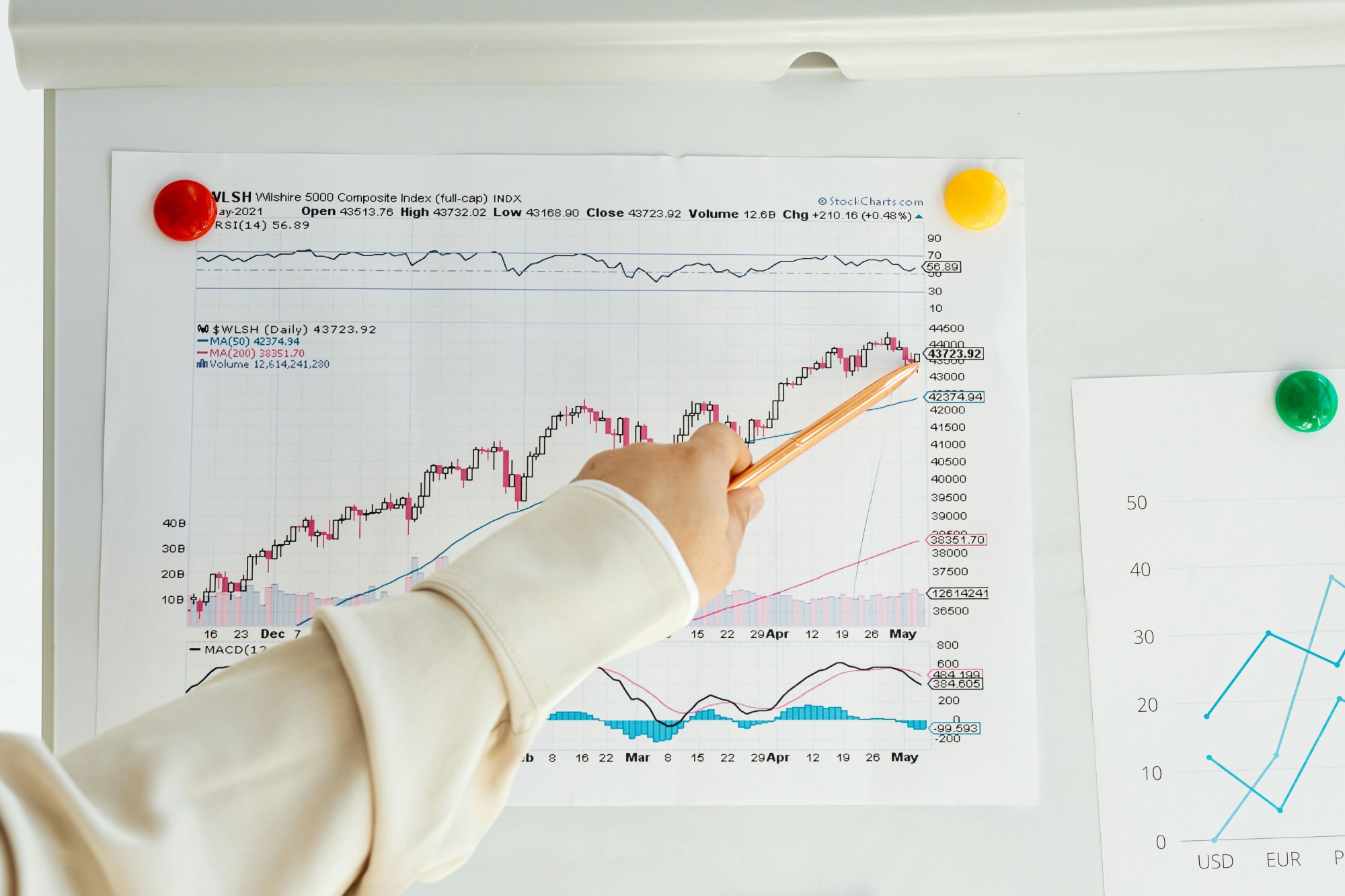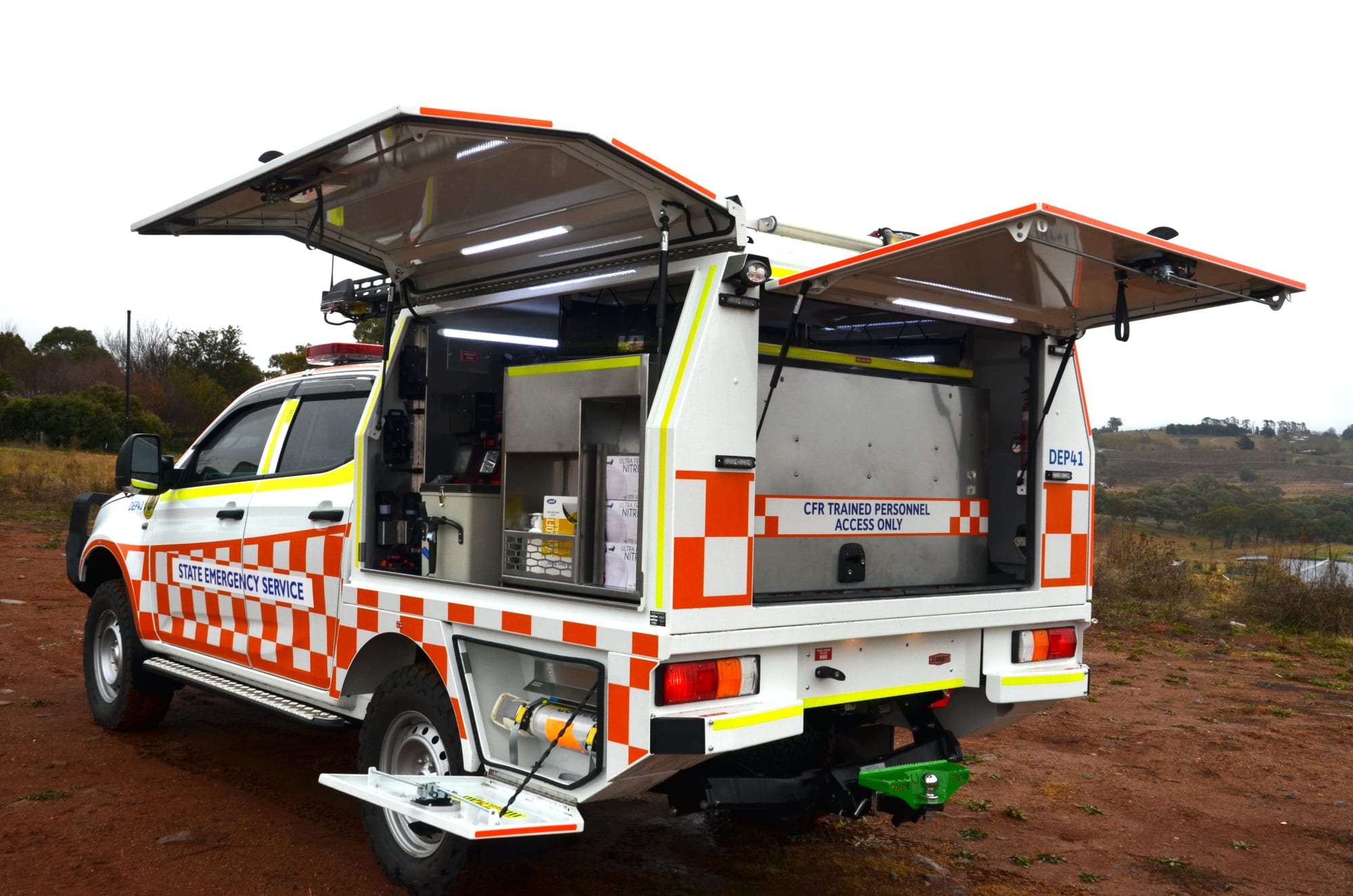Invest
Global deal activity declines by 6% amid economic uncertainty, reports GlobalData
Invest
Global deal activity declines by 6% amid economic uncertainty, reports GlobalData
In a year characterised by economic turbulence and evolving market conditions, global deal activity has witnessed a notable downturn during the first ten months of 2025. According to GlobalData, a prominent data and analytics company, the total number of deals announced globally, encompassing mergers and acquisitions (M&A), private equity, and venture financing, has decreased by 6% year-on-year (YoY) from January to October 2025 compared to the same period in 2024.
Global deal activity declines by 6% amid economic uncertainty, reports GlobalData
In a year characterised by economic turbulence and evolving market conditions, global deal activity has witnessed a notable downturn during the first ten months of 2025. According to GlobalData, a prominent data and analytics company, the total number of deals announced globally, encompassing mergers and acquisitions (M&A), private equity, and venture financing, has decreased by 6% year-on-year (YoY) from January to October 2025 compared to the same period in 2024.

GlobalData's comprehensive analysis of its Deals Database highlights a consistent downward trend across all deal types. M&A deal volume experienced a 4% decline during the January-October 2025 period compared to the previous year. Simultaneously, the number of venture financing deals and private equity deals saw YoY reductions of 6% and 16%, respectively.
Aurojyoti Bose, Lead Analyst at GlobalData, provided insight into the current market sentiment, stating, “The contraction in total volume of deals across all categories indicates a broader trend of cautiousness prevailing among dealmakers in a challenging market environment. This cautious sentiment is also echoed in all the regions and across most of the key markets, underscoring a growing wariness driven by macroeconomic factors and geopolitical tensions.”
The decline in deal activity is not confined to a single region but is evident across the globe. North America experienced a 3% YoY decline in deal volume, while the Asia-Pacific region reported a 4% decrease. Europe faced a more significant drop of 9%, and the Middle East and Africa saw an 11% decline. South and Central America reported a 10% reduction in deal volume during the same period.
A closer examination of key markets reveals varying degrees of impact. The United States, a dominant player in the global deal landscape, witnessed a modest decrease of 2% in deal activity. In contrast, the United Kingdom faced a more pronounced decline of 12%. China, another major market, saw its deal volume decrease by 1% YoY.

Other significant markets, including Canada, Germany, Australia, France, South Korea, Brazil, and the UAE, also reported declines, further emphasising the widespread impact of the current economic climate.
Despite the overall downturn, there are exceptions to the trend. India and Japan emerged as bright spots, recording growth rates of 4% in deal activity. This suggests that these markets may possess a degree of resilience in the face of global challenges. The positive growth in India and Japan highlights the uneven nature of the trend across different regions, with some markets managing to maintain, or even increase, their momentum amid global uncertainties.
Bose further elaborated on the regional disparities, noting, "These figures highlight the uneven trend across different regions, with some markets struggling to maintain momentum amid global uncertainties." The varied performance across regions and markets underscores the complexity of the current global economic landscape, where local factors can significantly influence deal activity.
The decline in deal activity is reflective of a broader sense of caution among dealmakers, driven by a combination of macroeconomic factors and geopolitical tensions. The economic environment has prompted many companies to adopt a wait-and-see approach, delaying or scaling back potential deals until there is greater clarity and stability.
This cautious approach is mirrored in the sentiments of industry experts and analysts who are closely monitoring the evolving situation. The global economic landscape remains fraught with uncertainties, from inflationary pressures and interest rate fluctuations to geopolitical tensions and supply chain disruptions. These factors continue to weigh heavily on the decision-making processes of dealmakers worldwide.
As the year progresses, stakeholders in the global deal landscape will be closely watching for signs of recovery or further decline. The ability of markets to adapt to the changing conditions and navigate the challenges ahead will be crucial in determining the trajectory of deal activity in the coming months.

Economy
Inflation concerns rise as Australia's CPI climbs to 3.8% in October
Australia's latest Consumer Price Index (CPI) figures have sent ripples through the economy, with headline inflation accelerating to 3.8% year-on-year in October, up from 3.6% in September. The data, ...Read more

Economy
October CPI results pose challenges for RBA’s monetary policy stance
In a surprising turn of events, the October Consumer Price Index (CPI) data has raised eyebrows among economists and market strategists, revealing stronger-than-expected inflationary pressures in ...Read more

Economy
Australia’s softening labour market puts another RBA cut in play — here’s what business should do now
A four-year high in unemployment has revived expectations the Reserve Bank could deliver another rate cut as soon as November. With quarterly GDP growth running at 0.6 per cent and annual growth at ...Read more

Economy
Rising CPI reinforces RBA’s stance as rate cut expectations remain: State Street
State Street Global Advisors says the Reserve Bank of Australia (RBA) is likely to hold its current policy outlook following the release of September quarter inflation data, which showed an unexpected ...Read more

Economy
NSW SES boosts tsunami preparedness ahead of World Tsunami Awareness Day
As World Tsunami Awareness Day approaches on 5 November, the New South Wales State Emergency Service (NSW SES) is ramping up efforts to enhance tsunami preparedness along the east coastRead more

Economy
Lifesaving Regional Response Strengthened with New NSW SES Vehicles
In a significant boost to regional emergency services, the NSW State Emergency Service (SES) has unveiled 11 new Community First Response (CFR) vehicles, designed to enhance the speed and safety of ...Read more

Economy
Australia's June quarter GDP growth driven by consumer and government spending
Australia's economy has shown unexpected resilience in the June 2025 quarter, with household and government consumption driving growth despite a significant decline in public investmentRead more

Economy
Australia's GDP surprise is real but operators should heed the growth mix warning light
Australia’s June-quarter growth beat expectations on the strength of household consumption and government spending, even as public investment sagged. The upside surprise signals resilience, but the ...Read more

Economy
Inflation concerns rise as Australia's CPI climbs to 3.8% in October
Australia's latest Consumer Price Index (CPI) figures have sent ripples through the economy, with headline inflation accelerating to 3.8% year-on-year in October, up from 3.6% in September. The data, ...Read more

Economy
October CPI results pose challenges for RBA’s monetary policy stance
In a surprising turn of events, the October Consumer Price Index (CPI) data has raised eyebrows among economists and market strategists, revealing stronger-than-expected inflationary pressures in ...Read more

Economy
Australia’s softening labour market puts another RBA cut in play — here’s what business should do now
A four-year high in unemployment has revived expectations the Reserve Bank could deliver another rate cut as soon as November. With quarterly GDP growth running at 0.6 per cent and annual growth at ...Read more

Economy
Rising CPI reinforces RBA’s stance as rate cut expectations remain: State Street
State Street Global Advisors says the Reserve Bank of Australia (RBA) is likely to hold its current policy outlook following the release of September quarter inflation data, which showed an unexpected ...Read more

Economy
NSW SES boosts tsunami preparedness ahead of World Tsunami Awareness Day
As World Tsunami Awareness Day approaches on 5 November, the New South Wales State Emergency Service (NSW SES) is ramping up efforts to enhance tsunami preparedness along the east coastRead more

Economy
Lifesaving Regional Response Strengthened with New NSW SES Vehicles
In a significant boost to regional emergency services, the NSW State Emergency Service (SES) has unveiled 11 new Community First Response (CFR) vehicles, designed to enhance the speed and safety of ...Read more

Economy
Australia's June quarter GDP growth driven by consumer and government spending
Australia's economy has shown unexpected resilience in the June 2025 quarter, with household and government consumption driving growth despite a significant decline in public investmentRead more

Economy
Australia's GDP surprise is real but operators should heed the growth mix warning light
Australia’s June-quarter growth beat expectations on the strength of household consumption and government spending, even as public investment sagged. The upside surprise signals resilience, but the ...Read more








